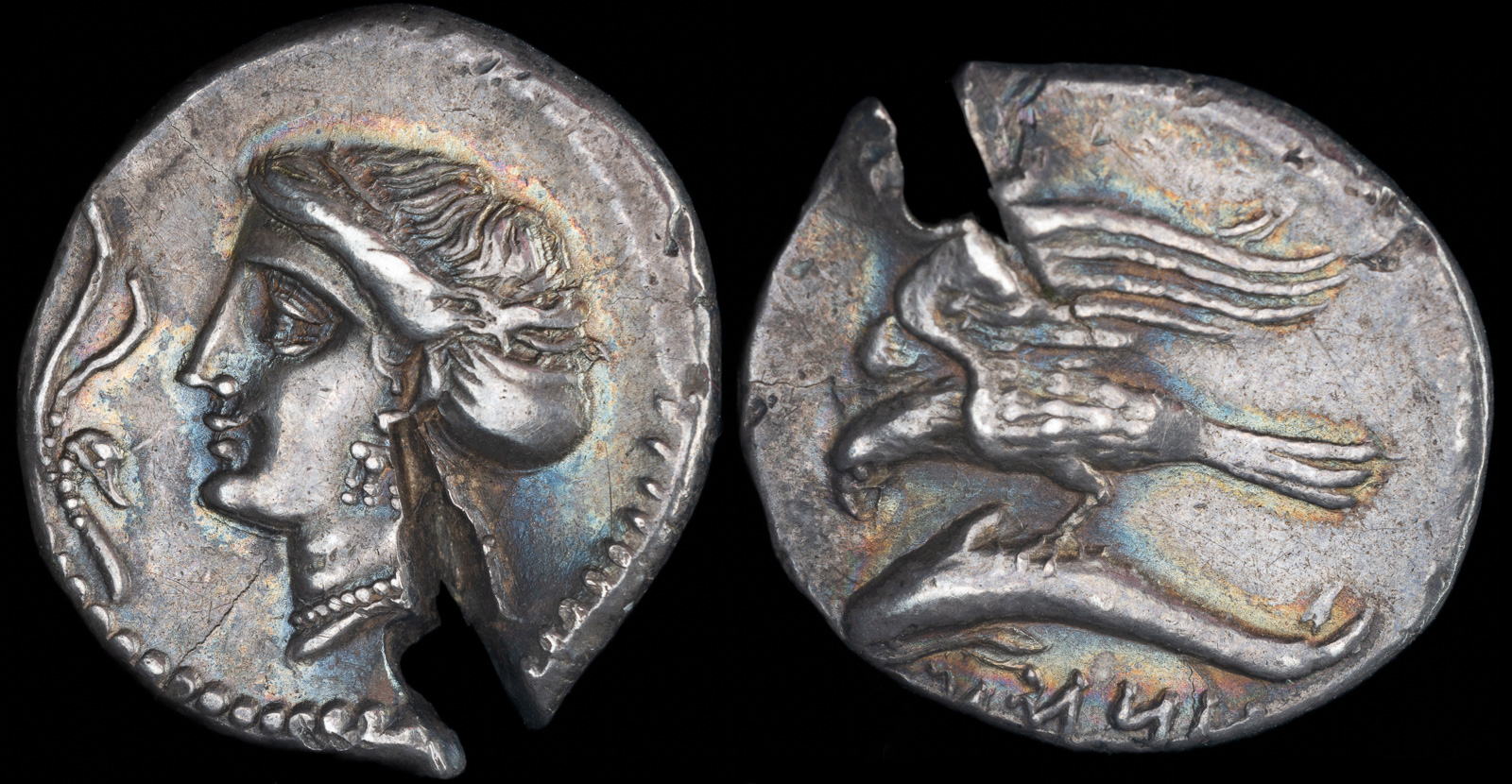Aramaic
View All Tags
Aramaic’s spread was significantly influenced by the conquests of the Assyrian Empire (9th to 7th centuries BCE) and later the Babylonian Empire (6th century BCE). Both empires adopted Aramaic as an official language of administration and communication, which further promoted its use in governance and trade. This widespread adoption reached its zenith under the Achaemenid Persian Empire (6th to 4th centuries BCE), which stretched from India to Egypt. During this period, Aramaic became the official language of the empire, used in royal decrees, official correspondence, and legal documents. The Aramaic script, derived from the Phoenician alphabet, also evolved and became the basis for several other scripts, including Hebrew, Syriac, and Arabic.
Aramaic’s historical significance is also tied to its role in religion and literature. It is the language of several books of the Hebrew Bible, including parts of Daniel and Ezra, and it is also believed to have been the language spoken by Jesus Christ and his disciples. The Talmud, a central text in Jewish tradition, was written in Jewish Babylonian Aramaic. Aramaic also played a significant role in the development of Christianity, particularly with the spread of Syriac Christianity, a major early branch of Christianity in the Near East. The Peshitta, the Christian Bible in Syriac (a dialect of Aramaic), remains an important religious text in many Eastern Christian traditions.
Over time, however, the dominance of Aramaic began to wane. As the Greek Empire expanded under Alexander the Great (4th century BCE), Greek became the lingua franca of much of the Eastern Mediterranean, gradually displacing Aramaic in many urban centers. The rise of Islam and the spread of Arabic after the 7th century CE further reduced Aramaic’s influence, as Arabic became the dominant language in the Middle East. Despite these shifts, Aramaic continued to be spoken in isolated communities for centuries, especially in areas such as Syria, Iraq, Turkey, and Iran.
In modern times, Aramaic is considered an endangered language, with only a few thousand speakers remaining, primarily among Assyrian, Chaldean, and Syrian Christian communities. The language has survived in various dialects, such as Assyrian Neo-Aramaic and Chaldean Neo-Aramaic, although these dialects face significant threats from displacement due to political turmoil and migration.
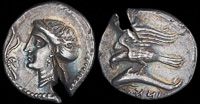
Abdasan, 360-330 BCE
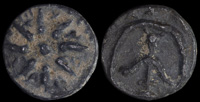
Alexander Jannaios 103-76 BCE
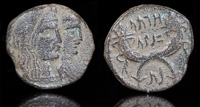
Aretas IV w Shaqilat 9 BCE – 40 CE
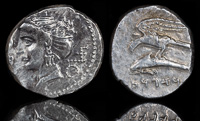
Ariarathes I 325 BCE
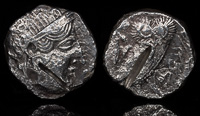
Ataxerxes III Okhos 343-337 BCE
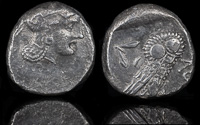
Batis of Gaza 353-333 BCE
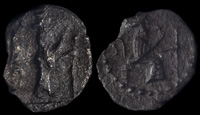
Bedyehibel 375-333 BCE

Delayah 375-333 BCE
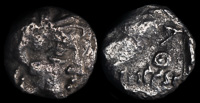
Hananiyah 375-333 BCE

Jeroboam 375-333 BCE
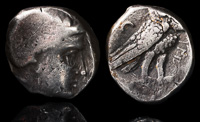
Mazakes 331-323 BCE
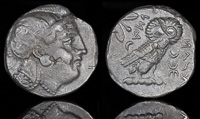
Sabakes 340-333 BCE
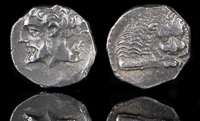
Samaria 375-333 BCE

Sanballat 375-333 BCE
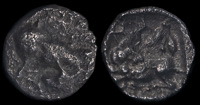
Shelamyah 375-333 BCE

Syennesis 440-400 BCE
